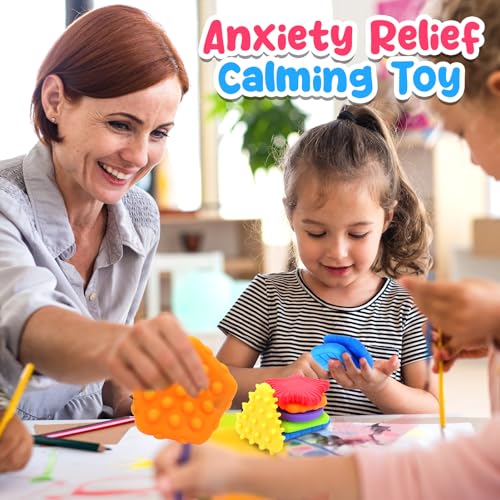Optimized Title: Housing Regulation: Science and Ethics for Building
In this exciting new graphic novel, economist Bryan Caplan examines how changes to housing regulation can lead us to a vastly better world. The superficial answer to the question of why housing prices in America are so unbelievably high, especially in the country's most desirable locations, is "supply and demand." However, the deep answer – the reason supply is so low – is a regulatory system that treats developers like criminals.
In "Build, Baby, Build: The Science and Ethics of Housing Regulation," Caplan makes the economic and philosophical case for radical deregulation of this massive market, freeing property owners to build as tall and dense as they wish. Not only would the average price of housing be cut in half, but the building boom unleashed by deregulation would simultaneously reduce inequality, increase social mobility, promote economic growth, reduce homelessness, increase birth rates, help the environment, and cut crime.
Combining stunning homage to classic animation with careful interdisciplinary research, "Build, Baby, Build" takes readers on a grand tour of a bona fide "panacea policy." We can start realizing these missed opportunities as soon as we abandon the widespread misconception that housing regulation solves more problems than it causes.
Caplan's argument is straightforward: housing regulations, such as zoning laws, height restrictions, and mandatory parking requirements, artificially constrain the supply of housing, driving up prices and making it difficult for people to afford homes, especially in desirable urban areas. By removing these regulations, developers would be free to build taller, denser buildings, increasing the overall supply of housing and driving down prices.
The benefits of this deregulation would be far-reaching. First and foremost, it would make housing more affordable for the average person, allowing them to save more money and invest in other areas of the economy. This, in turn, would reduce inequality and increase social mobility, as people from all socioeconomic backgrounds would have access to better housing opportunities.
Furthermore, the building boom would create a significant number of new jobs, driving economic growth and prosperity. Additionally, by making it easier for people to live in desirable urban areas, deregulation could reduce homelessness, as more people would have access to affordable housing.
Caplan also argues that deregulation could have a positive impact on the environment. By allowing for denser, more efficient housing development, it could reduce the carbon footprint of the housing sector and promote more sustainable living. Additionally, by making it easier for people to live closer to their jobs, it could reduce the amount of time and resources spent on commuting.
Finally, Caplan suggests that deregulation could have a positive impact on social issues, such as crime and birth rates. By making it easier for people to afford to live in desirable areas, it could reduce the economic and social factors that contribute to crime. Additionally, by making it easier for families to afford housing, it could increase birth rates and support the growth of stable, thriving communities.
Overall, Caplan's argument is a compelling one, and the potential benefits of housing deregulation are truly impressive. By abandoning the misconception that housing regulation solves more problems than it causes, we can start to realize these missed opportunities and build a better, more equitable world.
product information:
| Attribute | Value |
|---|
MORE FROM build
MORE FROM recommendation



























